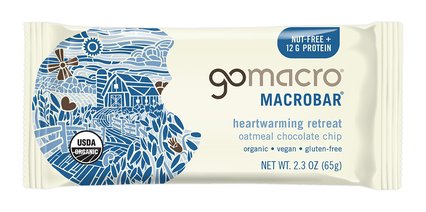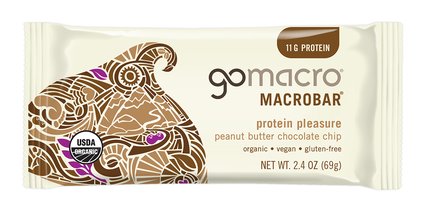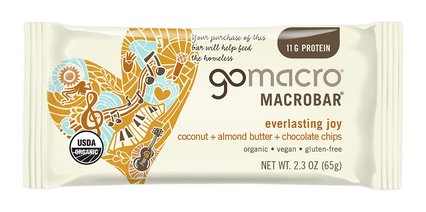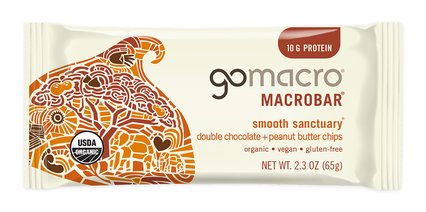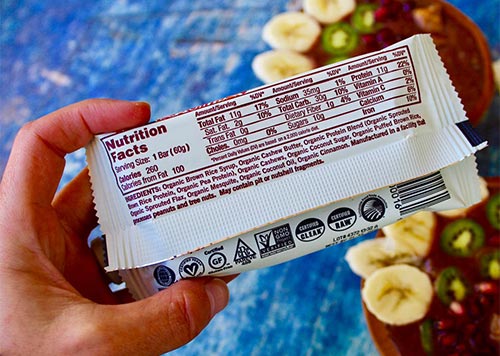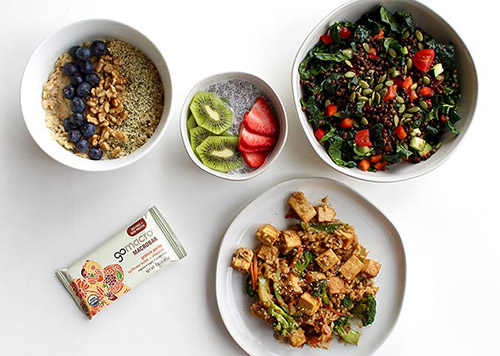Why Natural Beauty Products Matter
We all know the importance of reading food labels in order to avoid potentially harmful ingredients, but when was the last time you looked through the ingredients listed on your beauty products?

From soaps and hair products to cosmetics, lotions, and perfumes, many of the products we put on our skin every day are riddled with toxins and questionable ingredients, including known carcinogens, irritants, and hormone disruptors.
While it’s hard to believe that some of these ingredients are legal and commonplace, the truth is that the beauty industry is relatively under-regulated in the United States. The FDA doesn’t require safety testing of ingredients in personal care products and only bans 11 substances, while the EU bans over 1,300 ingredients. Believe it or not, the last piece of major U.S. legislation regulating personal care product safety was passed all the way back in 1938.
According to the Environmental Working Group (EWG), women use an average of 12 personal care products a day, exposing themselves to an average of 168 chemical ingredients, so it's vital to understand what's in the products you use. Here are some tips if you're looking to make the switch to non-toxic beauty products.
How to Start Transitioning to Non-Toxic Beauty Products
It can be intimidating to switch to non-toxic beauty products if you have a cabinet full of conventional cosmetics. Remember that "chemicals" aren't inherently bad (sometimes labels use scientific names for naturally-derived ingredients), but ignorance isn't bliss when it comes to beauty product labels.
If it's not in your budget to toss what you already have and start fresh, take it slow and swap out items as they run out. Ideally, it would be best if you opted for products with ingredients that you readily recognize, certified organic ingredients, or even natural alternatives like pure oils as moisturizers rather than filler-laden lotions. If you're not sure about a particular product's safety, check out the EWG Skin Deep database for easily understandable safety information on over 80,000 personal care products.
Another great on-the-go tool to reference when shopping for new beauty products is the Think Dirty app, which allows users to scan a product's barcode in-store for easy-to-understand product evaluations.
Ingredients to Avoid:
- Parabens: Parabens (anything ending in "paraben" such as methyl-, ethyl-, propyl-, isopropyl-, or butylparaben) are preservatives found in many cosmetics, lotions, deodorants, sunscreen, and more. Several studies have linked parabens to endocrine disruption, breast cancer, and more, plus they're prohibited in the EU.
- "Fragrance": Due to trade secret regulations, companies are not required to disclose what's in their fragrances, which creates a significant loophole in ingredient labeling. The International Fragrance Association (IFRA) lists 3,059 materials reported as being used in fragrances, and some are linked to cancer, reproductive toxicity, allergies, and sensitivities.
- Phthalates: Even if you don't see these on the ingredient list, they're frequently lurking in "fragrance" ingredients. They're another known endocrine disruptor and linked to an increased risk of breast cancer and congenital reproductive disabilities in males and females.
- Ethanolamine Compounds (DEA, TEA, MEA): These chemicals are widely found in cosmetics as emulsifiers, fragrances, pH adjusters, and more. The European Union prohibits DEA in cosmetics due to concerns about carcinogenic nitrosamines, which are associated with bioaccumulation and organ toxicity.
- Benzophenone: Used to protect from the effects of UV light, this chemical is found in lip balms, nail polish, shampoo, conditioner, lotion, makeup, and many other beauty products. It's connected to cancer, endocrine disruption, reproductive toxicity, and more.
- Sulfates: You've probably seen sodium lauryl sulfate (SLS) and sodium laureth sulfate (SLES) in a lot of hair and body products but just because they're used to create suds doesn't mean they're innocent. They're notorious for eye, skin, and lung irritation, especially over time, and SLES can be contaminated with 1,4-dioxane, which has caused cancer in lab animals. Plus, many sulfates are derived from petroleum or palm oil, which poses environmental concerns.
There are almost too many chemical compounds found in beauty products to list them all here. Luckily, the Campaign for Safe Cosmetics has a handy "Red List" of ingredients to look out for in different categories of beauty and personal care products, so you can check products before buying.
How to Identify Non-Toxic Beauty Products
In the same way that many companies "greenwash" products to make them appear sustainable, personal care brands often "clean wash" products to make them seem more natural or safe. Marketing and labeling standards for beauty products are nearly a free-for-all, so, like with food labels, it's more important to look at the ingredient list. Words like "natural," "clean," and "non-toxic" are not regulated by the FDA on labels, so it's up to consumers to do their own vetting of these claims.
Additionally, a study in Environmental Research showed that in 18 hair products tested, 84 percent of the chemicals found in the products weren't listed on the label, which means it's important to choose transparent brands with high-quality standards and certifications and third-party testing.
Our Favorite Non-Toxic Beauty Brands
There are many clean skincare and cosmetics brands out there today, so to get you started, here are a few of our team's go-to brands.
Skincare & Body
- Klur
- Primally Pure
- Cocokind
- BLK + GRN Marketplace
- Golde
- Youth to the People
- Versed
- Mad Hippie
- Pai
- 100 Percent Pure
- True Botanicals
- EcoTan
- Kopari
Sun Care
Perfume
Cosmetics
Learn More
Improve Your Skin With A Non-Toxic Beauty Routine
How to Make Your Own Non-Toxic Cleaning Products At Home
